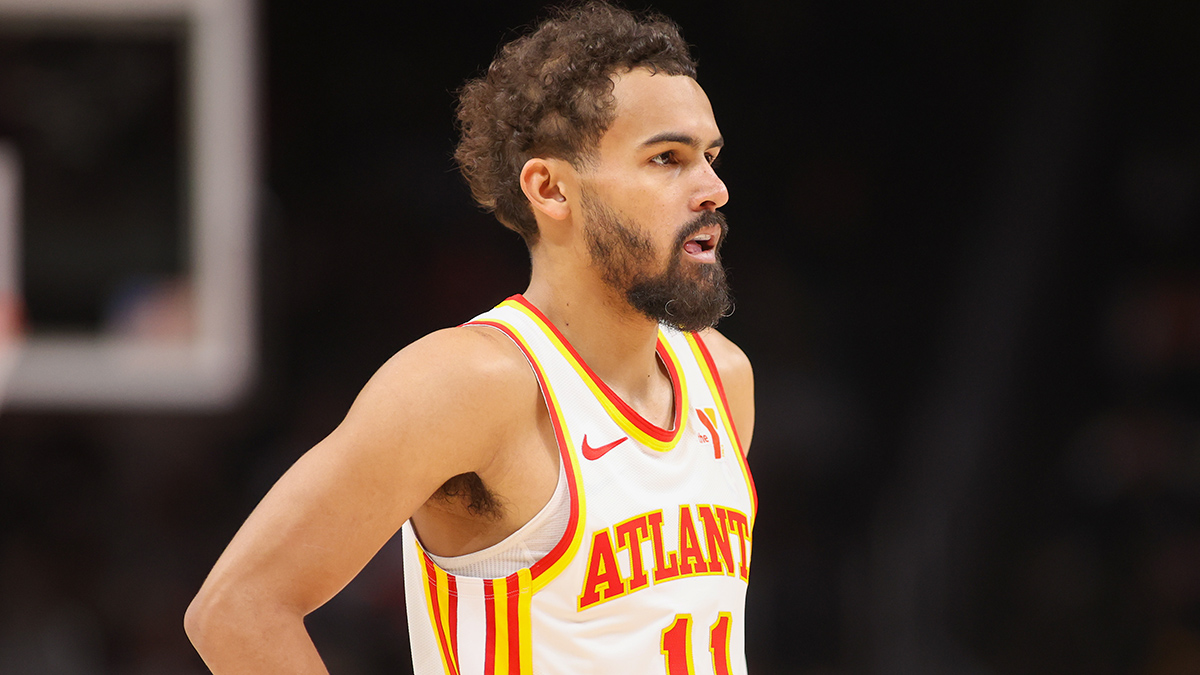A look back at previous Super Bowls in Arizona originally appeared on NBC Sports Chicago
American football’s biggest game is headed back to the desert.
WATCH ANYTIME FOR FREE
Stream NBC10 Boston news for free, 24/7, wherever you are. |
Arizona, more specifically Glendale, a city nine miles northwest of downtown Phoenix, is the host location of Super Bowl LVII between the Philadelphia Eagles and Kansas City Chiefs.
It marks Arizona’s fourth time hosting the game, the fifth-most in NFL history. Only Miami (11), New Orleans (10), Los Angeles (eight) and Tampa Bay (five) have more.
Get updates on what's happening in Boston to your inbox. Sign up for our News Headlines newsletter.
Ahead of the showdown that looms in State Farm Stadium, let’s revisit how the previous three affairs transpired:
Dallas Cowboys vs. Pittsburgh Steelers – Super Bowl XXX
The first ever Super Bowl in Arizona was held at the Sun Devil Stadium in Tempe in 1996 that pitted the Dallas Cowboys against the Pittsburgh Steelers. Dallas (12-4) entered the contest as the NFC’s No. 1 seed while Pittsburgh (11-5) came in as the AFC’s No. 2 seed.
Sports
News, videos, and rumors on the Boston Celtics, New England Patriots, Boston Red Sox, and Boston Bruins, powered by NBC Sports Boston.
Dallas’ offense was led by the triumvirate of QB Troy Aikman, RB Emmitt Smith and WR Michael Irvin, while Charles Haley and Deion Sanders anchored the defense.
The Steelers struggled to establish themselves through the first two quarters, trailing 13-0 until the 13-second mark right before halftime when they finally got on the board with a touchdown to make it 13-7.
The Cowboys’ third-quarter touchdown by Smith was the period’s lone score from either side, with the fourth quarter proving much more entertaining. Pittsburgh scored 10 unanswered points to cut the deficit to 20-17 with 6:36 to go, but QB Neil O’Donnell threw his second pick of the game shortly after, which was returned to the Steelers’ 6-yard line.
Smith added another rushing touchdown to extend the lead to 27-17, and O’Donnell’s last-second Hail Mary attempt was intercepted, not that it would’ve influenced the outcome. The win secured Dallas’ fifth Super Bowl triumph, and its last to this day.
New York Giants vs. New England Patriots – Super Bowl XLII
Next came one of the biggest upsets in professional sports, and arguably the greatest Super Bowl ever. The Patriots, led by Tom Brady, entered the game undefeated at 18-0 and as the AFC’s top seed. The Giants, led by Eli Manning, finished the regular season 10-6 and as the NFC’s fifth seed. The rest is history.
It was a battle of the defenses as New England led just 7-3 at halftime, its lone score coming in the opening seconds of the second quarter. The third quarter finished scoreless for both sides, which set up a riveting finish.
New York earned its first touchdown of the game on a five-yard reception for David Tyree with 11:05 to play. New England responded with a Randy Moss receiving touchdown with 2:42 on the clock, leading to one of the best catches of all time. On the ensuing drive facing a third-and-5 from their own 44-yard line, Manning somehow avoided a sack and lofted a deep ball to David Tyree, who out-jumped two-time Pro Bowl safety Rodney Harrison and pulled down the ball with his helmet.
Plaxico Burress then caught the eventual 13-yard game-winning touchdown to make it 17-14 with 35 seconds left, which proved too little time for Brady to mount a late drive. New York erased New England’s flawless 19-0 bid.
New England Patriots vs. Seattle Seahawks – Super Bowl XLIX
New England got to change the narrative in 2015 when it faced off against the Seattle Seahawks. The Patriots, still driven by Brady, entered the game as the AFC’s No. 1 seed with a 12-4 record. Seattle, led by Russell Wilson and the “Legion of Boom” on defense, represented the NFC as the No. 1 seed, also posting a 12-4 record.
It ended up being an “anything you can do, I can do better” type of game. Patriots wideout Brandon LaFell opened the scoring with an 11-yard receiving touchdown at the 9:47 mark of the second quarter, and Marshawn Lynch answered with 2:16 to go. But two touchdowns followed in a thrilling series of plays: Rob Gronkowski hauled in a 22-yard touchdown with 32 seconds left in the first half, and Chris Matthews responded with just two seconds left on an 11-yard grab. Seattle went 80 yards in five plays, aided by a 15-yard facemask penalty, right before the half.
The Seahawks then outscored their foes 10-0 in the third quarter: a 27-yard field goal by Dave Hauschka at the 11:09 mark and a Doug Baldwin three-yard haul at the 4:54 mark. New England then put up all 14 points in the final quarter: a Danny Amendola four-yard grab with 7:55 to play and a Julian Edelman three-yard catch with 2:02 left.
Then it came down to the most infamous goal line play in NFL history. With Seattle at the 1-yard line and Lynch in the backfield, head coach Pete Carroll opted instead for a pass play, with Wilson intending to hit Ricardo Lockette on a quick slant. However, rookie backup cornerback Malcolm Butler jumped the route and intercepted it.
New England, now backed up at its own 1-yard line, managed to escape dangerous territory and killed the clock to seal the 28-24 win. It marked the franchise’s fourth Super Bowl victory, and two more would follow. But the 2008 defeat had been canceled out.



